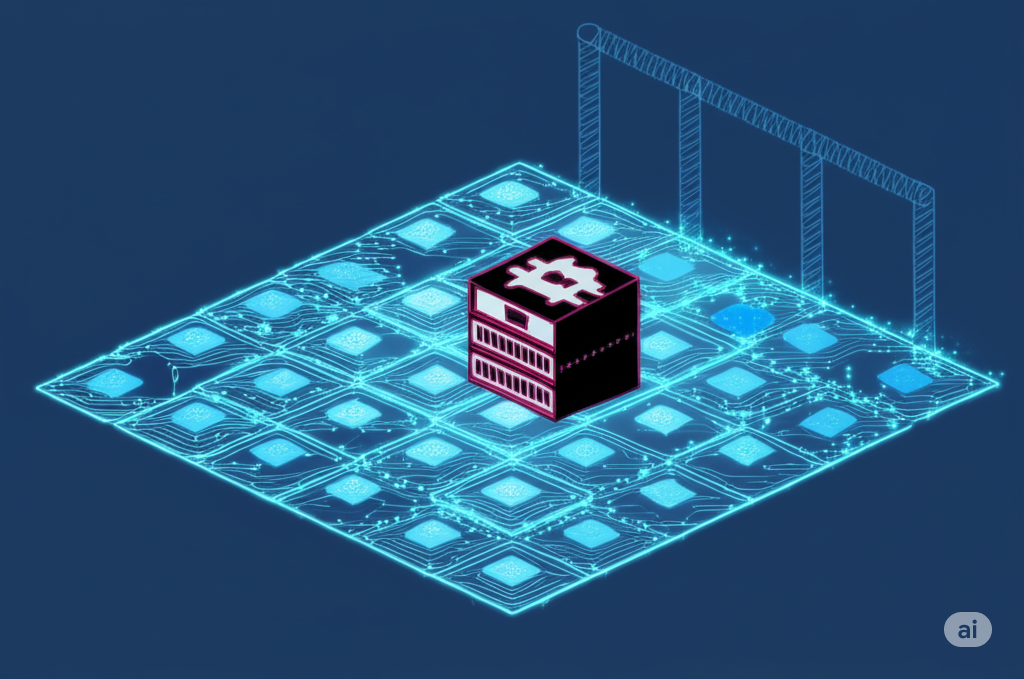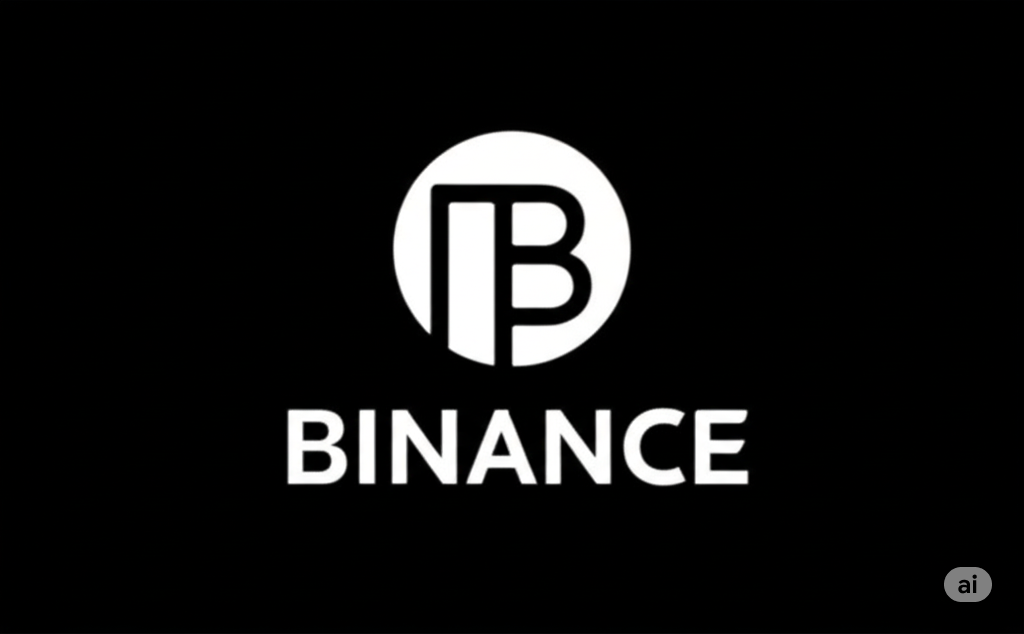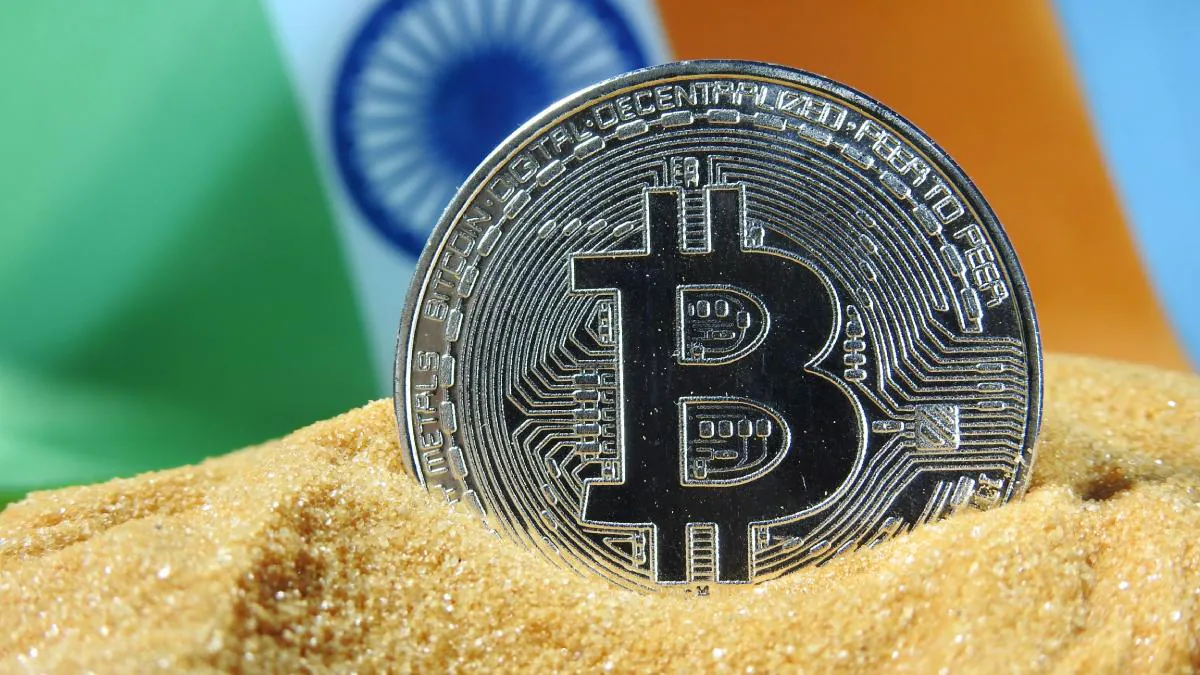The world of cryptocurrency can seem daunting from the outside. With its unique jargon and volatile market, many newcomers hesitate to take their first step. However, buying your first crypto coin doesn’t have to be complicated. This guide will walk you through the essential steps to get you started on your crypto journey.
1. Do Your Research:
Before diving in, it’s crucial to understand what you’re getting into. Don’t just buy a coin because it’s trending or because someone told you to. Research different cryptocurrencies, their underlying technology (the “blockchain”), their use cases, and their potential risks. Reputable resources like whitepapers, crypto news websites, and educational platforms can be invaluable. Understand that cryptocurrency investments are inherently risky, and you should only invest what you can afford to lose.
2. Choose a Cryptocurrency Exchange:
A cryptocurrency exchange is a platform where you can buy, sell, and trade cryptocurrencies. There are numerous exchanges available, each with its own features, fees, security measures, and supported cryptocurrencies. Some popular exchanges include Binance, Coinbase, Kraken, WazirX (popular in India), and CoinDCX (also popular in India).
Consider the following factors when choosing an exchange:
- Security: Look for exchanges with strong security measures like two-factor authentication (2FA), cold storage of funds, and insurance policies.
- Supported Cryptocurrencies: Ensure the exchange lists the cryptocurrency you’re interested in buying.
- Fees: Understand the trading fees, deposit and withdrawal fees, and any other charges.
- User Interface: Choose an exchange with a user-friendly interface, especially if you’re a beginner.
- Payment Methods: Check if the exchange supports your preferred payment methods (e.g., bank transfers, credit/debit cards, UPI in India).
- Regulation: Be aware of the regulatory landscape for cryptocurrency in your region (e.g., in India, there are specific regulations and tax implications).
3. Create and Verify Your Account:
Once you’ve chosen an exchange, you’ll need to create an account. This typically involves providing your email address, creating a strong password, and agreeing to the terms of service. Most exchanges require Know Your Customer (KYC) verification, which involves submitting personal information like your full name, address, date of birth, and uploading identification documents (like your PAN card, Aadhaar card, or passport if you are in India). This process is essential for security and compliance.
4. Fund Your Account:
After your account is verified, you’ll need to deposit funds to start buying crypto. The available funding methods will depend on the exchange and your location. Common options include:
- Bank Transfers: Usually the cheapest option but can take a few business days.
- Credit or Debit Cards: Offer instant funding but may come with higher fees.
- UPI (Unified Payments Interface – popular in India): A fast and convenient method for Indian users.
- Mobile Wallets: Some exchanges may support deposits from mobile wallets.
Choose the method that best suits your needs and be aware of any associated fees and processing times.
5. Place Your Order:
Once your account is funded, you can navigate to the “buy” section of the exchange and select the cryptocurrency you want to purchase. You’ll typically have a few order options:
- Market Order: Executes your order at the best available current price. This is the simplest option for beginners.
- Limit Order: Allows you to set a specific price at which you want to buy the cryptocurrency. Your order will only be executed if the market price reaches your set limit.
Enter the amount of cryptocurrency you want to buy (either in fiat currency like INR or USD, or in a specific amount of the crypto coin) and confirm your order.
6. Secure Your Cryptocurrency:
Once you’ve purchased your crypto, it’s crucial to think about security. Leaving your funds on the exchange can be convenient for trading, but it also exposes you to the risk of the exchange being hacked. For larger amounts or for long-term holding, consider transferring your cryptocurrency to a personal crypto wallet.
There are two main types of wallets:
- Software Wallets (Hot Wallets): These are digital wallets that can be accessed on your computer or smartphone. They are generally easier to use but are considered less secure than hardware wallets as they are connected to the internet.
- Hardware Wallets (Cold Wallets): These are physical devices that store your private keys offline, providing a higher level of security.
Choose a wallet that suits your security needs and technical comfort level. Always remember to securely store your private keys or seed phrase – these are essential for accessing your crypto. If you lose them, you may lose access to your funds forever.
7. Stay Informed and Be Patient:
The cryptocurrency market is highly volatile. Prices can fluctuate rapidly and unexpectedly. Don’t panic sell during dips, and be wary of “get rich quick” schemes. Stay informed about market trends, news, and developments in the crypto space, but always do your own research and make informed decisions.
Congratulations! You’ve now taken your first steps into the exciting world of cryptocurrency. Remember to continue learning, stay vigilant about security, and invest responsibly.












Leave a Reply